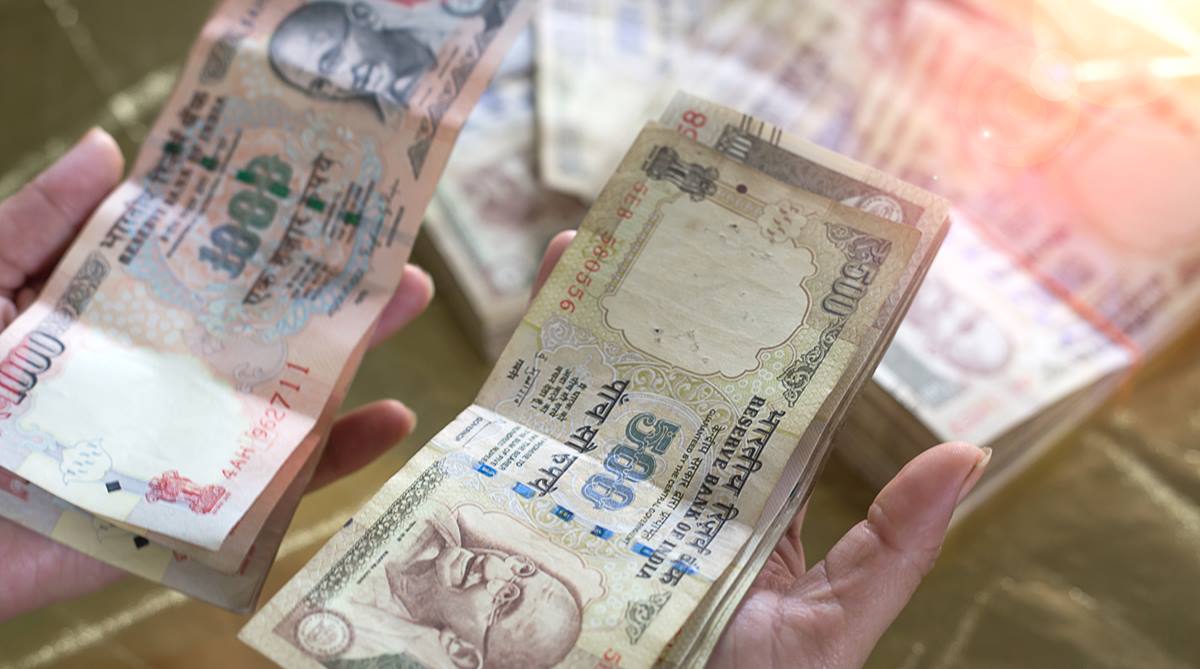Demonetisation was a surprise move by the Government to ban high denomination currency notes in an anticipation that people who have stashed black money or cash gained out of illegal means would not be able to exchange it with new denomination notes from the banks. The idea was novel and was an attempt to clean the economy with an intention to bring about more accountability and transparency, but with return of 99.7% of high denomination currency notes, the idea and the underlying logic could not achieve the desired results. With incidents of old currency notes still being recovered, the idea seems to have boomeranged.
While some people term it as an ill-timed and ill-conceived economic blunder, the history that ‘demonetisation’ carries along with its implementation in other parts of the world, could and should have been analysed prior to its implementation. Demonetization has a proven history of being an unsuccessful mechanism. It failed in Soviet Union, in North Korea, in Myanmar, in Ghana and in Nigeria. Demonetisation has either led to a fall in the government or an unforeseen and unwarranted turmoil in their society. The most interesting aspect that needs due consideration here is the fact that in all the above mentioned countries, demonetisation was done while these countries were reeling under economic crisis, on the contrary, in India, it was done while the economy was flourishing and growing.
Advertisement
The unplanned or hasty move by which demonetisation was implemented, resulted in over a hundred people reportedly losing their lives while standing in queues to exchange the high denomination notes. Several people lost their jobs. Real Estate sector witnessed the worse of the times. GDP saw a sharp decline which was unprecedented. Several small and medium scale business were closed overnight.
The RBI’s annual report also suggests that the currency in circulation has in fact increased, and in fact at present it is higher than the levels preceding demonetisation.
READ | A demonetisation report card
Demonetisation also failed in weeding out counterfeit currency. The reports of agencies also suggest that post-demonetisation, banks in the country have not only received an all-time high amount of fake currency, but the same has also resulted in massive jump in suspicious transactions. Demonetisation could also make no impact on either curbing corruption or terror funding.
Time and again, the agencies are recovering old demonetised notes, this by itself shows that the government was not able to achieve the desired results. Recently also, old currency notes worth Rs. 7 Crore were recovered from a mall in Noida. Such incidences are being reported every now and then and if all such amounts are collectively added to the 99.7% votes which were received back into the banking system, the figure would exceed 100% mark.
Demonetisation marked the birth of new digital era. As a result, people switched to digital modes of payment. The Indian economy which was considered as a cash economy, slowly switched to digital modes of payment while opting accountability of each and every penny earned and spent. Another positive of its implementation being widening of tax base which was stagnant over the years, but the question that needs to be answered is that whether these were the real reasons or objectives behind its implementation?
Demonetisation has hit the Indian economy with a bang but while aligning its implementation with law of land, it will be worthwhile to see the hits and misses in the near future. Irrespective of the result, it will always be considered as a reform born out of fundamental economic transformation.
(The author is an advocate)











